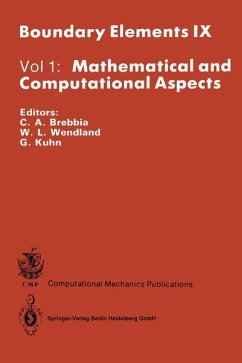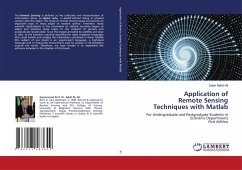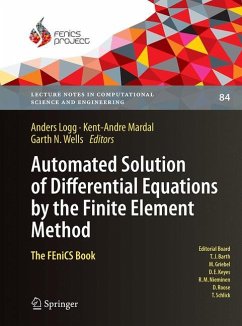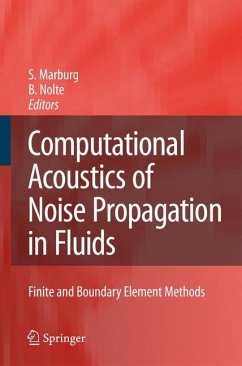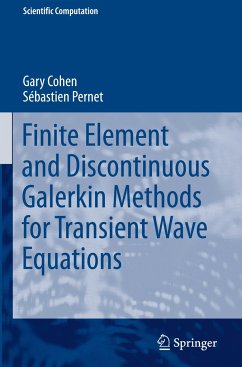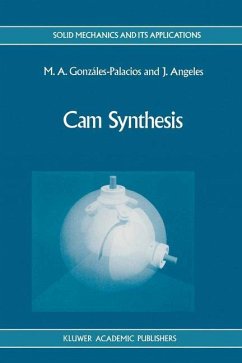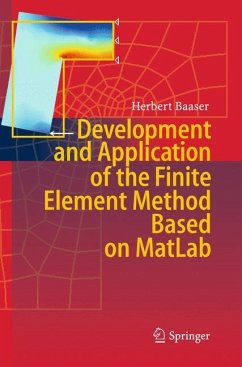
Development and Application of the Finite Element Method based on MatLab
Versandkostenfrei!
Versandfertig in 6-10 Tagen
76,99 €
inkl. MwSt.
Weitere Ausgaben:

PAYBACK Punkte
38 °P sammeln!
The intention of this booklet is a brief but general introduction into the treatment of the Finite Element Method (FEM). The FEM has become the leading method in computer-oriented mechanics, so that many scienti?c brancheshavegrownup besides overthelastdecades. Nevertheless,theFEM today is a question of economy. On the one hand its industrial application is forced to reduce product development costs and time, on the other hand a large number of commercial FEM codes and a still growing number of software for e?ective pre- and postprocessors are available in the meantime. Due to that, today it i...
The intention of this booklet is a brief but general introduction into the treatment of the Finite Element Method (FEM). The FEM has become the leading method in computer-oriented mechanics, so that many scienti?c brancheshavegrownup besides overthelastdecades. Nevertheless,theFEM today is a question of economy. On the one hand its industrial application is forced to reduce product development costs and time, on the other hand a large number of commercial FEM codes and a still growing number of software for e?ective pre- and postprocessors are available in the meantime. Due to that, today it is a quite challenging task to operate with all these di?erent tools at the same time and to understand all handling and so- tion techniques developed over the last years. So, we want to help in getting a deeper insight into the main "interfaces" between the "customers of the FEM" and the codes itself by providing a totally open structured FE-code based on Matlab, which is a very powerful tool in operating with matrix based formulations. That idea and conditions forced us some years ago to initiateDAEdalon as a tool for general FE developments in research appli- tions. In spite of still existing high sophisticated - mostly commercial - FE codes, the success and the acceptance of such a structured tool justify that decision afterwards more and more.






